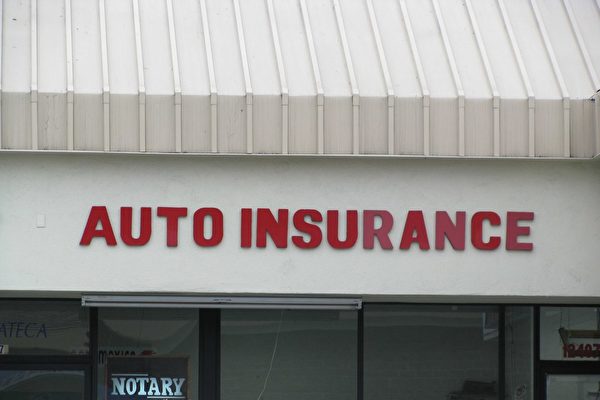In Seattle, 59-year-old resident Steve Giliberto, a self-employed technology consultant, is grappling with the question, “How much more do I have to bear?” This inquiry arises as he faces a 24% increase in his car insurance premium for his 2014 BMW, now at $133 per month. Giliberto has seen his premiums rise three times in the past two years, climbing from $660 annually to nearly $1,600.
The state of Washington is currently experiencing a surge in auto insurance rates following a near 25% increase in average policy rates approved by the state’s insurance commissioner’s office. Reports from industry sources indicate that residents in the Puget Sound area are witnessing premium hikes ranging between 20% to 25%, adding unexpected pressure to household budgets.
Aaron VanTuyl, Public Affairs Manager at the Washington State Insurance Commissioner’s Office, attributes the soaring costs to a significant increase in severe accidents and escalating vehicle prices driving up insurance companies’ claims expenses.
In 2023, traffic fatalities in Washington State are projected to reach the highest point in decades. The rise in these severe injuries and fatal accident claims has prompted insurance companies to factor in these claim costs.
The surge in new car prices began during the pandemic. Global shortage of computer chips has led to production cutbacks and supply chain constraints, causing dealerships to have little or no inventory in 2021. As we entered 2024, while the rise in car prices has slowed down slightly, data from Edmunds.com shows that the average car price in January was $47,338, a slight decrease from the peak of $48,516 at the end of 2022.
Kenton Brine, Chairman of the Northwest Insurance Council, also points out another reason for high insurance premiums – high inflation rates.
In the United States, the costs of repairing and replacing vehicles are increasing. With labor shortages and rising labor costs, repair shops are charging more, parts are becoming costlier, and there’s a continuous shortage of supply, leading to longer wait times for cars in repair shops.
Technological advancements have made vehicles more expensive and harder to repair. Most cars now come equipped with computer chips and complex components such as sensors on windshields and bumpers. What used to be a simple repair for minor collisions now requires skilled technicians.
According to the Associated Press, as of March, overall maintenance and repair costs for cars in the U.S. have risen by 8.2% compared to a year ago, with an increase of up to 14.2% at the beginning of 2023.
So, where can one find affordable insurance? Daniel Holst, Executive Vice President of the Washington Independent Insurance Agents & Brokers Association, explains that it’s challenging to find cheap insurance as insurance companies raise premiums in line with increasing overall car prices and repair costs to protect their interests.
Furthermore, Ryan Bettinger, Head of Paravene Insurance Partners in Bellevue, highlights that insurance companies seek to reduce high-risk policies. Drivers with multiple traffic violations or claims records are more likely to have their insurance canceled or denied.
Under the dual impact of high premiums and stricter underwriting terms by insurance companies, more drivers may take to the roads uninsured.
A study by J.D. Power revealed that more drivers in Washington State chose not to purchase car insurance last year. Stephen Crewdson, a senior executive at the company, disclosed that among vehicle owners surveyed in the latter half of 2023, about 8.5% reported not having insurance, up 2.5 percentage points from the same period in 2022.
Bettinger predicts that the number of uninsured drivers in Washington State, especially those under 25, may increase this year. According to estimates by the Insurance Research Council in 2022, Washington State ranked 12th in the United States for the percentage of uninsured drivers.
The Insurance Information Institute advises consumers to understand insurance before buying a car. Consumers should compare prices from at least three different types of insurance companies. Additionally, comparing costs before buying a car can help consumers better understand the actual cost of owning a specific vehicle. Premiums are based on the car price, future repair costs, and safety data.
The deductible amount could be another major factor in determining the monthly premium cost. This is the amount drivers pay for claims. A higher deductible usually means lower premiums.
Bundling multiple policies with one insurance company can lead to discounts; the same applies to insuring multiple vehicles with the same company.

